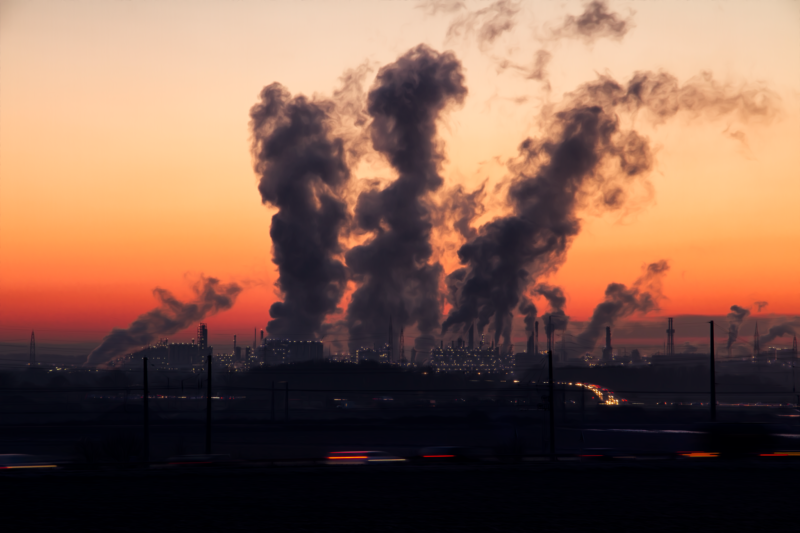REPORT: Senior Black Americans Three Times More Likely to Die from Exposure to Pollution Than White Americans
Share
Explore Our Galleries
Breaking News!
Today's news and culture by Black and other reporters in the Black and mainstream media.
Ways to Support ABHM?
By Environmental Defense Fund

Black Americans 65 and older are three times more likely to die from exposure to fine particle air pollution than white Americans over 65, according to a new report released today by Environmental Defense Fund. The analysis finds that stronger air pollution limits would save thousands of lives each year and deliver significant health benefits, especially for Black, Hispanic and low-income communities.
“Fine particle air pollution is responsible for more than 110,000 deaths in the U.S. each year from heart attacks, strokes, diabetes and respiratory diseases, and those harms are not distributed equally,” said Ananya Roy, Senior Health Scientist for EDF. “This report underscores the importance of the U.S. Environmental Protection Agency strengthening our national protections against fine particle pollution. Stronger standards would have significant benefits for all of us, and especially for vulnerable populations who are being most harmed exposures to particle pollution.”
Fine particle pollution is made up of tiny airborne particles like dust, soot and drops of liquids. The particles are so small that once inhaled, they penetrate deep into the lungs, causing serious health problems and even deaths.
The new report uses census tract-level data to evaluate fine particle air pollution exposure and health impacts across the U.S. to identify population groups for whom risks may be particularly severe. The report finds significant disparities in air pollution exposure and associated health impacts, with Black and Hispanic communities and people experiencing poverty facing the highest pollution exposures and bearing the worst health impacts.
Many Black communities live in areas because of redlining, and these neighborhoods can be miserable in summer. One group is fighting back against this environmental racism.
Our breaking news section includes other articles about Black health.











Comments Are Welcome
Note: We moderate submissions in order to create a space for meaningful dialogue, a space where museum visitors – adults and youth –– can exchange informed, thoughtful, and relevant comments that add value to our exhibits.
Racial slurs, personal attacks, obscenity, profanity, and SHOUTING do not meet the above standard. Such comments are posted in the exhibit Hateful Speech. Commercial promotions, impersonations, and incoherent comments likewise fail to meet our goals, so will not be posted. Submissions longer than 120 words will be shortened.
See our full Comments Policy here.